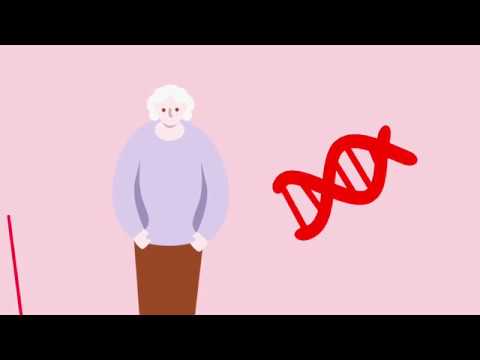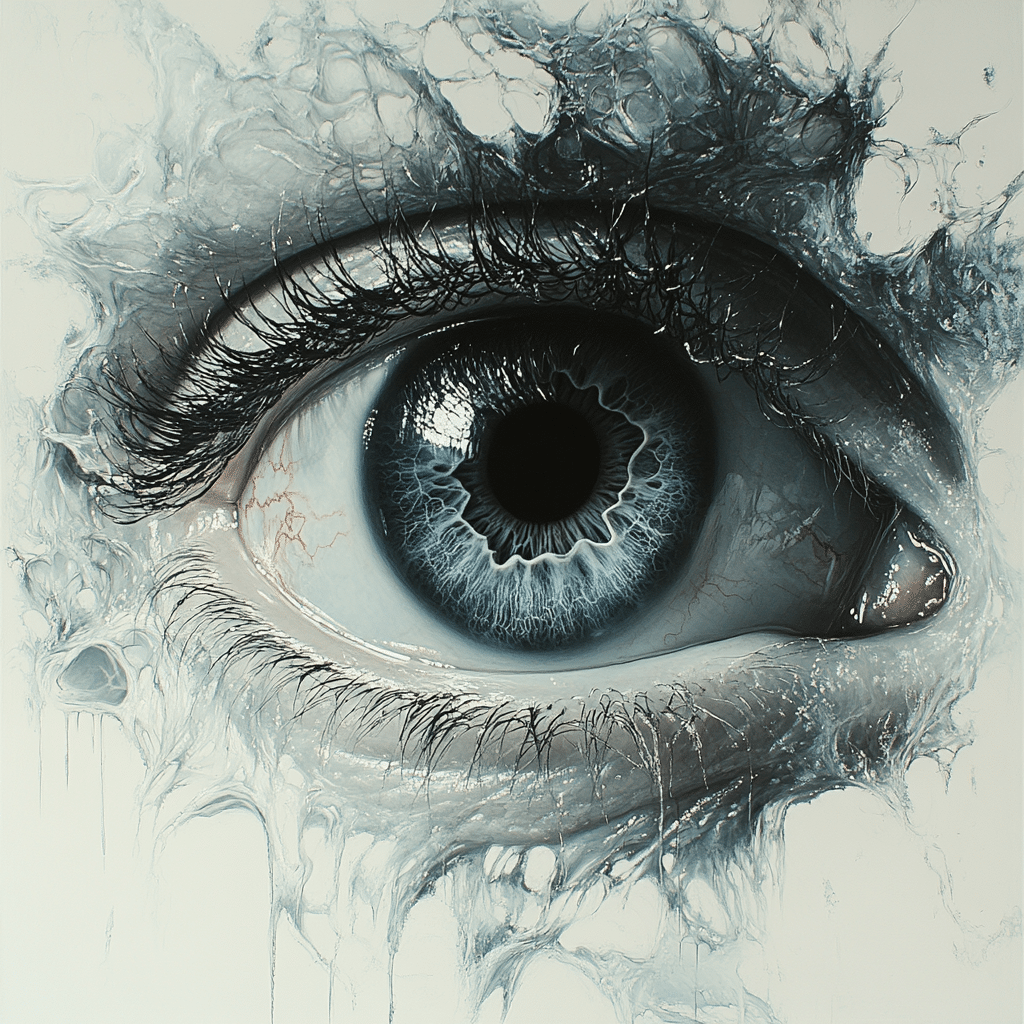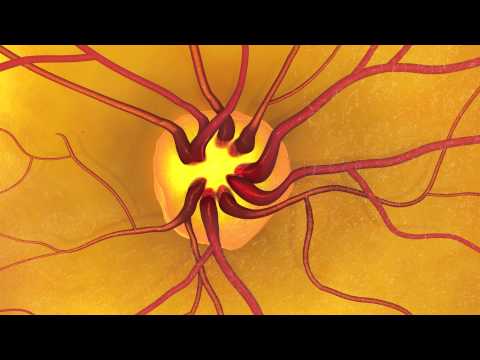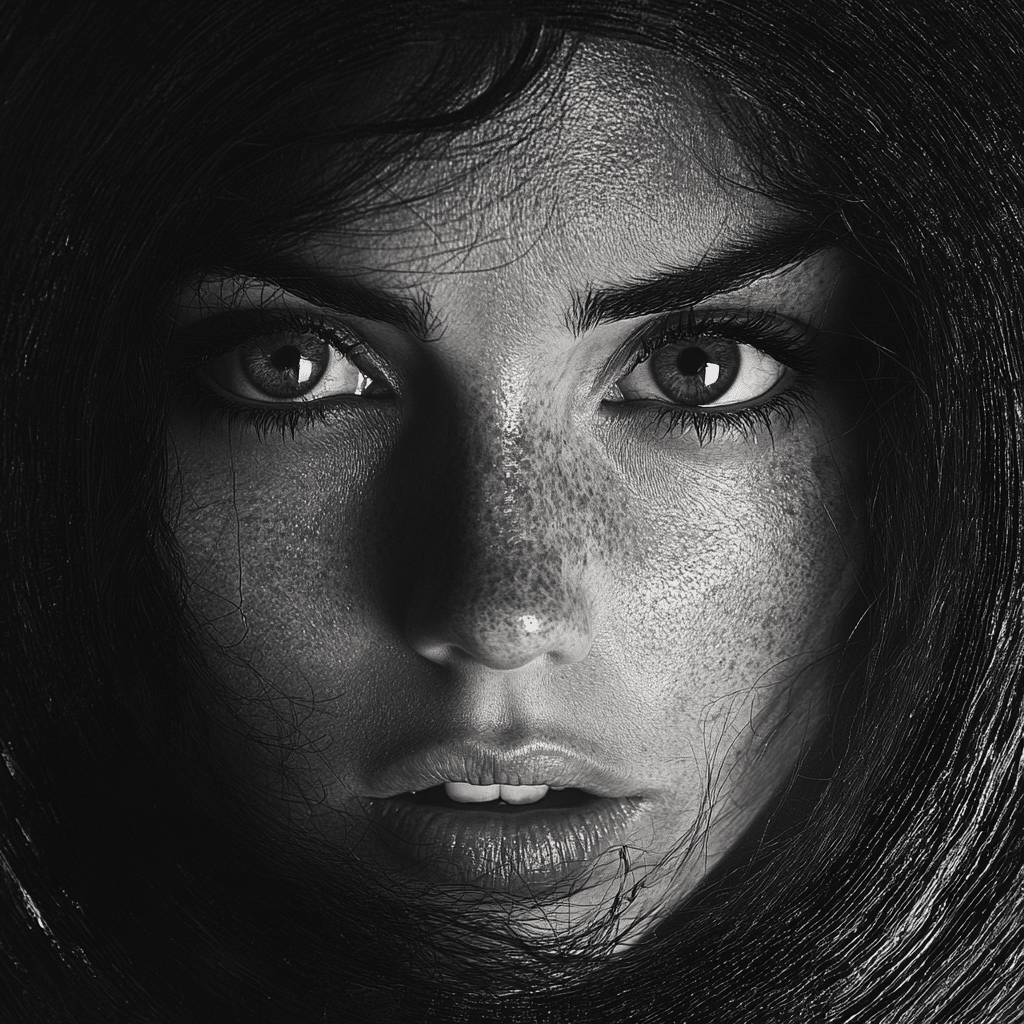Eyes—they’re our windows to the world, aren’t they? Surprisingly, one of their most intriguing features, dilation, is loaded with significance. The process of our pupils dilating isn’t just about seeing in low light; it’s a fascinating dance between biology and psychology. Buckle up, because we’re diving deep into the magnificent science of eye dilation!

## Dilated: Insights Into the Fascinating World of Eyes
The human eye functions as a complex machine, engineered to deliver sharp vision. The iris, that colorful ring around our pupils, plays a starring role. It controls how much light enters the eye. Dilation, the process by which the pupils enlarge, occurs mainly as a reaction to the light around us. Think of it as the body’s way of adjusting, like turning up the volume on your favorite workout playlist. In dim light, our pupils dilate to soak in more light. But, when it’s bright outside, they constrict to shield our sensitive retinas.
Dilation can be influenced by various factors. Emotion, certain medications, and health conditions can push the pupils to expand or shrink. For instance, when you’re out in the gloaming, you might notice it feels like the light dims as the day wanes. Your pupils are just maximizing that light intake, ready to see everything from the last few minutes of daylight to that picturesque view you stumbled upon.
1. The Top 5 Factors That Cause Dilation of the Pupils
Dilation isn’t just random; it’s a nuanced response shaped by a number of influences. Let’s look at those five key players that get your pupils pumping:

Dilation and Emotional Communication: How Our Pupils Speak Volumes
Believe it or not, your dilated pupils can broadcast a lot about your feelings to those around you. If you’re sitting across from someone on a date and their pupils are dilated, they’re likely attracted to you. It’s a biological “tell” that can boil over into social dynamics.
In more intense scenarios, dilated pupils can reveal discomfort. Psychologists note that when someone’s pupils are wide, it can signal anxiety or overwhelming feelings. This whole package of emotional expression plays a significant role in our interactions, shaping how we connect with others.
2. Real-Life Examples of Pupil Dilation in Action
Let’s bring this home with some real-world examples:

The Role of Dilated Pupils in Art and Aesthetics
Art doesn’t just speak; it communicates through the eyes too. In photography and film, pupil dilation serves as a tool for artists and videographers to showcase emotions. Directors strategically use close-ups to highlight pupils, letting us feel the passion and intensity of a moment.
Photographers like Annie Leibovitz masterfully capture those nuanced moments, immortalizing expressions that wouldn’t be as compelling without the hint of pupil dilation. The connection the viewer feels to the subject deepens, making the artwork resonate on a whole new level.
3. The Intersection of Dilation with Technology and Innovation
But wait, there’s more! The interplay of tech and pupil dilation is bursting with innovation:

Embracing the Eye: A Reflection on Pupil Dilation’s Broader Significance
Pupil dilation isn’t just a biological function; it embodies a rich intersection of psychology, connection, and art. Understanding the intricacies of how our eyes work, both mechanically and socially, sheds light on our broader human experiences.
As science pushes boundaries and knowledge expands, our fascination with the human eye will likely lead to even more discoveries that bridge biology and emotional expression. So next time you lift weights or crush your workout, think about the connection between what your eyes reveal and how you feel.
Let’s celebrate those striking eyes capable of telling stories that words often fail to express. They’re not just vision instruments—they’re a testament to our humanity. Remember, stay motivated, stay shredded, and carry those beautiful, dilated eyes forward in life!

Dilated Details: Fun Facts About Eye Dilation
The Mechanics of Dilation
Did you know that your pupils can be like little cameras? When the light’s dim, they dilate to let in more light, helping you see better. Interestingly, this automatic adjustment can also be influenced by emotions. For instance, when someone feels an adrenaline rush, their pupils can dilate, just as they might when perusing a juicy steak at a trendy spot like the Gansevoort Meatpacking Nyc. Someone might feel in awe, much like how one reacts when realizing how much sugar a day could impact their health. It’s a fascinating body response that blends biology with real-life experiences!
Dilated Eyes and Health Signals
Looking at someone’s dilated pupils can also reveal more than just their mood. Certain medications and health conditions can cause this effect. For instance, a dislocated knee could lead to a surge in pain, causing a person’s pupils to dilate as a natural response. Additionally, in some cases, substances like caffeine or even the excitement of spotting a red spider can spur pupil dilation, giving your eyes a moment of dramatic flair. So, the next time you come across someone with dilated pupils, think twice; it could be excitement or a deeper health sign!
Symbolism and Perception
Dilated pupils aren’t just about biology; they also carry a symbolic weight in art and culture. Many people believe that dilated eyes may indicate attraction or engagement in a conversation, heightening the connection rather than merely seeing someone as if they were money Clipart. It’s silly how a pair of dilating eyes can evoke such strong feelings! Moreover, research shows that when you’re excited, whether after a thrilling conversation or while learning about home mortgage interest rates today, your pupils react accordingly. Such spontaneous changes illustrate how our bodies constantly communicate, often revealing more than words themselves.
In essence, the dilated pupil serves not just a functional role but also represents the intricate connection between our psychology and biology, showcasing how eye health is intertwined with emotional and physical well-being. Treat your eyes well, and they’ll serve you with insights just as much as they’ll contribute to your perception of the world!



























